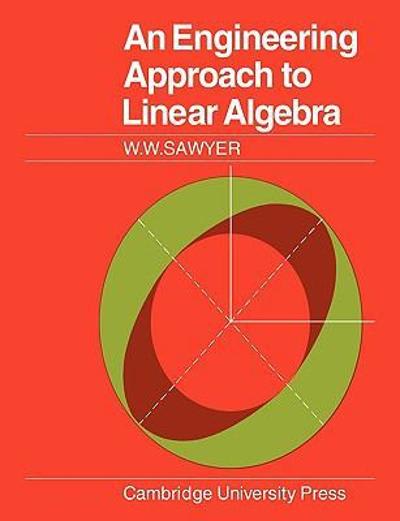Use the number lines below to plot your rst five intervals, one on each line. Do this by marking the endpoints of the intervals using left parenthesis "( " for the lower end and right parenthesis " )" for upper end. samplel 0.15 0.20 0.25 I 0.35 0.40 0.45 0.50 P sample 2 0.15 0.20 0.25 I 0.35 0.40 0.45 0.50 P sample 3 0.15 0.20 0.25 I 0.35 0.40 0.45 0.50 P sample 4 0.15 0.20 0.25 I 0.35 0.40 0.45 0.50 P samp1e5 0.15 0.20 0.25 I 0.35 0.40 0.45 0.50 P Now we will check all 1,000 samples to see in how many cases the CI covers p = .30. Use Data > Formula and the expression sumgLCLl Probability Distributions > Probability Density Function with x as an input column, "Binomial" distribution, 100 as number of trials and 0.04 as event probability, and check "Store probability density values in a column" to calculate the probability distribution of f9 . Rename the column NewP(phat). Make sure you use .04, not .4, as the value for event probability. Use Graphs > Scatterplot, choose option Single Y Variable 'Simple to plot NeWP(phat) (yaxiS) v, phat (x- axis). Select the graph and click on the "+" sign to display the Graph Elements menu. Click on "Data Display" to add a connecting line and examine the plot. 16. Is the pattern of probabilities bell-shaped or skewed to the right? D. We are now about to conduct an experiment Where 1,000 random samples of size n = 100 are taken from a Bernoulli population with Q = .04. For each sample we will compute the sample proportion f2 and the condence limits for the normal theory 95% condence interval estimate of p. We will then count how many of the intervals covered the population parameter p = .04. We generate the counts x for the 1,000 random samples of size n = 100 directly as follows. Use Data > Generate Random Data with "Binomial" distribution selected to get 1,000 x's (stored in 1 column, 1000 rows) generated from the binomial distribution with 100 trials and event probability of 0.04 and rename the new column xgen2. Use Data > Formula to determine the sample proportions f9 = x/I 00; specically, calculate the n'rnunnn;l\\u wanna/1 nn "\"4 unwnM/'L 4-1.\". ntvv "\"1\"...\" nun-.0







